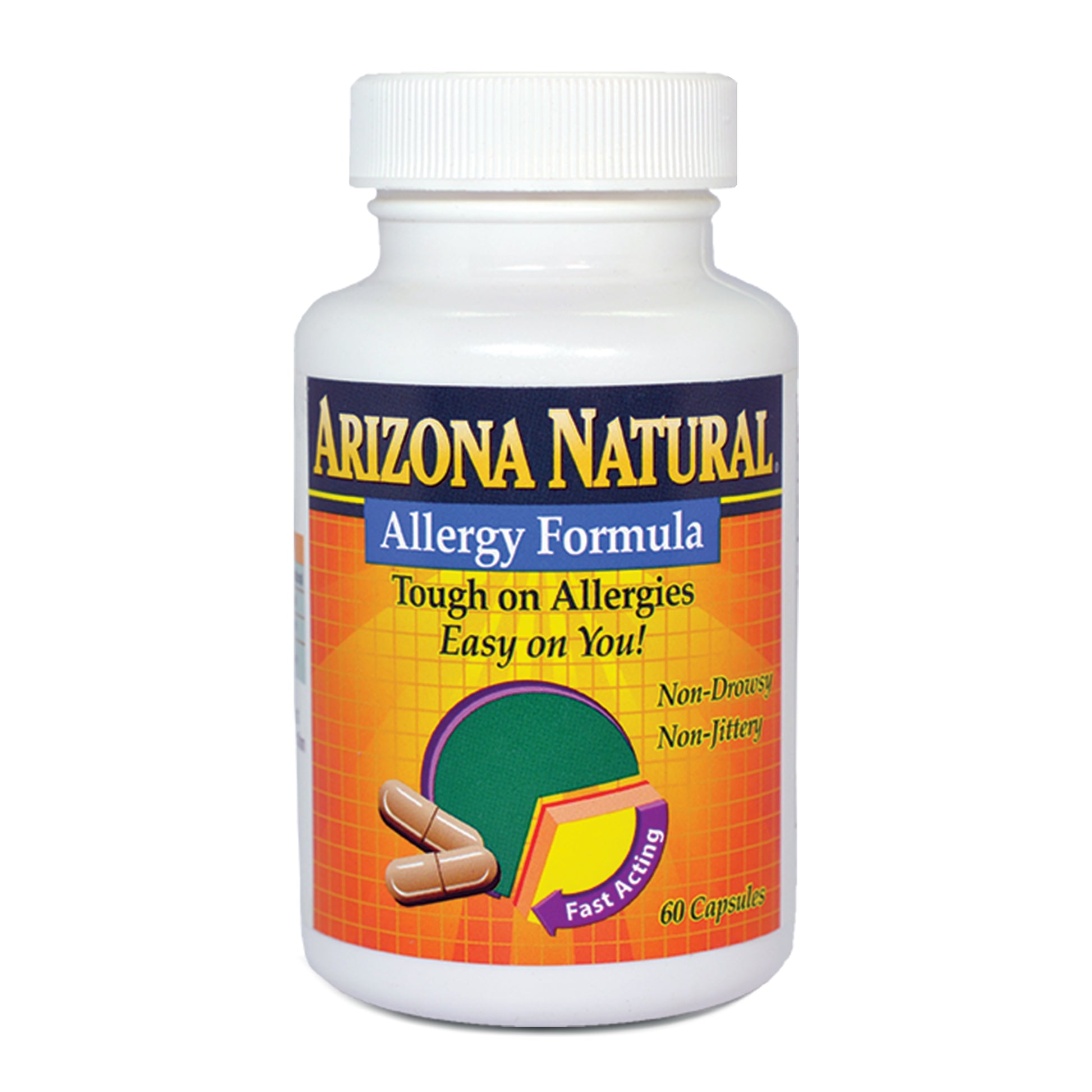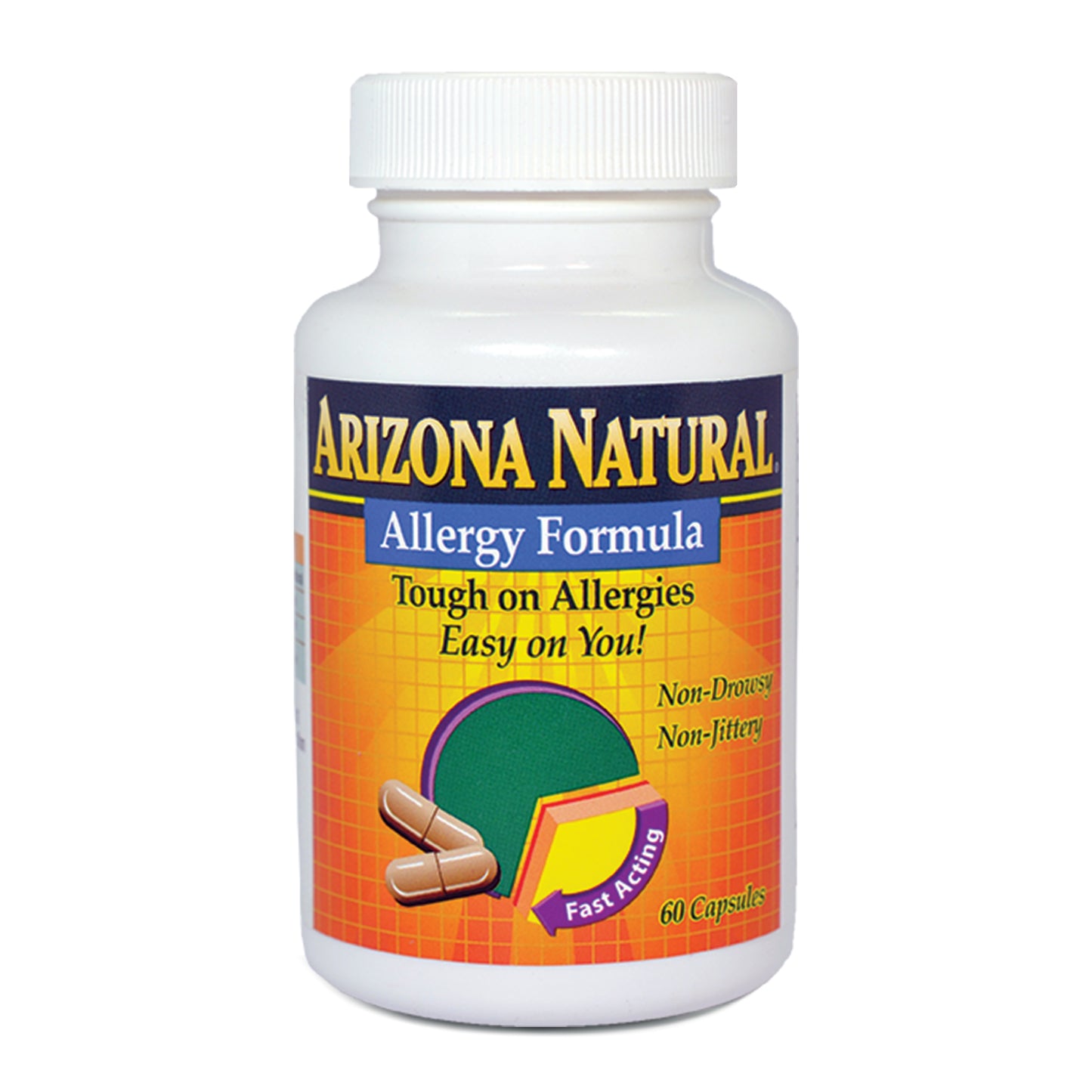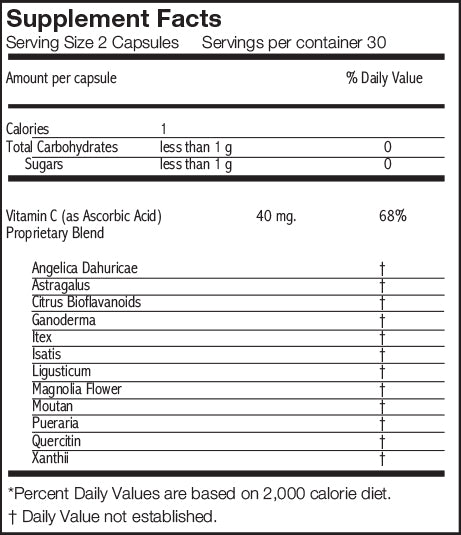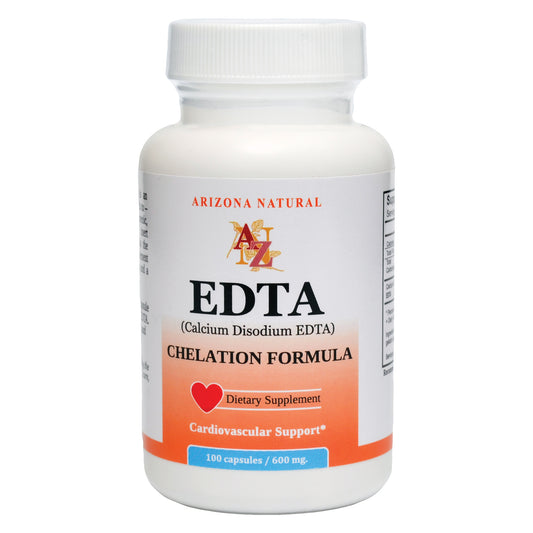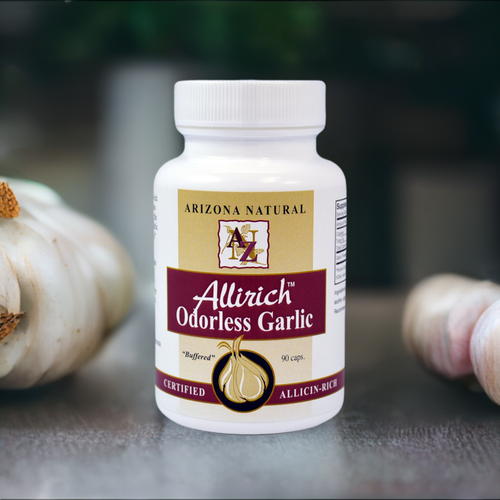
The Importance of Allicin-Rich Garlic
Share
By now the composition of garlic has been well established to contain over 100 unique and vital constituents. Among these, the most researched are allicin and its various derivatives and degradation products. Allicin itself is highly unstable and quickly disproportionates into a variety of compounds following its formation when S-allyl-cysteine sulfoxide (alliin) and diallyl thiosulfinate (alliinase) combine. Allicin quickly yields stable diallyl sulfides (most common is diallyl disulfide), ajoenes, 2-propene sulfenic acid, dithiins and a variety of other organic polysulfides. These compounds further degrade or interact with enzymes and proteins to create more stable and therapeutic molecules. Diallyl disulfide (DADS) is transformed to allyl mercaptan and allyl methyl sulfide and sulfoxide after absorption. Another decomposition compound is sulfenic acid, a powerful antioxidant. If you go through the over 1600 papers on garlic in the National Library of Medicine you will find that there are dozens of active therapeutic compounds in garlic that have been tested on a full spectrum of diseases. You will also find that the vast majority of those studies use some type of garlic with allicin or allicin potential. So it seems the question is not do you want allicin in your garlic but are you getting allicin or allicin potential with your garlic supplement? Let's start with measuring allicin. In actuality, all allicin is measured as potential. Even in fresh garlic bulbs you have only allicin potential until the bulb is cut or crushed. Until then, the alliinase and alliin are intact and separated within the plant's cellular structure and waiting to mix and generate allicin. When they mix, allicin goes from potential to reality and begins to seek more stable compositions. Garlic products are advertised as containing allicin to avoid confusion since any preformed allicin would have transformed to other compounds. Citing the allicin content of a supplement always refers to that allicin potential which has been preserved to form once ingested. If you put your typical “allicin” garlic product in your mouth and started chewing you would instantly produce allicin.
In fact, the USP standard test for garlic powder or supplements is an HPLC protocol that tests for potential allicin. Allicin is such a key component of garlic, the parent compound if you will, that it is the standard for proving garlic is in fact garlic. The potential is tested because the allicin does not form until the alliin and alliinase combine in testing just as they combine in your body after you eat garlic or garlic supplements. As long as a substantial amount of alliin and alliinase remain in the garlic supplement after processing, it will be released as allicin upon consumption. Maintaining enough of those ingredients in a final product starts with the type of garlic grown, soil nutrients, climate and delicate processing. Arizona Natural uses dehydration and spray drying after the garlic is carefully prepared to keep those vital components intact and separated to maintain allicin potential and control odor. Our deodorized products like Allirich soft gels and Garlic Time time release tablet are buffered to help control the pH and the odorous sulfides generated when allicin breaks down. These products offer allicin levels of about 3500 ppm. Wild Bear's Garlic expands the profile of active sulfur compounds even further by using Allium ursinum, a wild European garlic leaf that was once named Medicinal Plant of the Year by the Association for the Protection and Research on European Medicinal Plants! By combining Allium sativum and Allium ursinum in one tablet you get all of the allicin derivatives and a whole new class of compounds. Among these are thymidine, adenosine, flavonoid glycosides and sulfur compounds with unique metabolic pathways and therapeutic benefits not attributed to regular cultivated garlic. As to the question of absorption of allicin or its derivatives in the body and its mode of action, it is well established that allicin itself demonstrates a variety of therapeutic benefits as do the many compounds it generates. So we know that allicin is active in many stages and can show activity from the second it is created as diallyl thiosulfinate and in later decompositions as organic polysulfides, ajoenes and dithiins. There are animal studies that show up to 73% absorption of allicin and vinyldithiines in the blood, but more likely one or more of the more stable sulfur compounds will be detected with oral consumption of garlic. The point is that the wide range of benefits attributed to garlic are due to a wide range of components, many of which derive from allicin. They are absorbed as all nutrients are absorbed from the food you eat. We can't see any reason to change a good thing, so we try to give you as much of the activity of garlic that we can. Some garlic supplements, like aged garlic extracts, focus on a smaller range of garlic compounds and use S-allyl-cysteine as a standard. Naturally they want to portray it as a superior product and claim that they make the “only” odorless garlic supplement and the “only” antioxidant garlic available, but that is not the case. Their process merely lets the garlic and allicin degrade to other garlic compounds by aging it and they focus their research on those remnant compounds. The AGE garlic was first introduced in the 1950s with the original liquid extract “aging” in pots for 20 months before bottling or being dried for encapsulation. It is not clear if drying this liquid into a powder product alters or diminishes the purported benefit or if the dried powder is as active as the liquid. Many of the reports on the AGE use the liquid for laboratory and clinical testing yet much more of the dried powder version of the AGE is sold to the public. The position they take on allicin is in direct opposition to the vast majority of research that points to allicin as the key compound in garlic and parent to many of the medicinal components. The statement that allicin does not appear to be a biologically beneficial compound in garlic is contrary to the scientific evidence. The CRC Critical Reviews in Food Science and Nutrition alone lists over 1000 references of research on non-modified garlic, garlic compounds and alliums with benefits to dozens of disease. The study displays pages of organisms and pathogens inhibited by natural allium, and like most independent research, cites allicin and many of its derivatives as key medicinal components. Simply put, AGE is different than real garlic and offers a modified cast of compounds, focusing primarily on SAC as their key component. Allicin free garlic products with limited profiles will use other “standards” to differentiate their products. But why forgo the benefit of allicin and allicin derivatives that you may not get from allicin modified products? If garlic in its natural state was not beneficial, I doubt it would have established a reputation over 5000 years. If allicin garlic products did not work, I'm confident society would have discovered this fact over the last 50 years and I doubt there would be ongoing research and increased interest in the plant. A problem with comparing products arises when unscientific methods are used to malign a component of an entire class of competitive products. For instance, the AGE product claims that allicin is caustic and damaging to blood. To prove this they put pure allicin directly into blood in a test tube and then cite how the blood discolors and that cells are damaged. They show this colored blood next to a “standard “of blood with saline added to it that shows no discolorization. However, this logic seems a bit distorted because their literature claims that no allicin from garlic ever gets into the blood. If you are contending that allicin does not get to your blood in the first place, why alarm people with a demonstration of something that cannot happen? Also, why was saline used in the blood standard? Why not AGE? Wouldn't it be a more relevant demonstration if you compared allicin's effects on blood with the effects of AGE on blood? Of course, that too would be meaningless since neither AGE or allicin would ever be injected directly into the blood stream.
This same tact is taken regarding potential liver damage from allicin. Again, their literature makes it clear that no allicin will get to the liver from taking garlic or an allicin-rich garlic supplement. They even admit that low doses of allicin did not cause liver cell damage, but, if you inject high dosages of allicin into the liver it does cause liver cell damage. This simply is not good science since people do not injected allicin directly into either the blood or the liver. The negative argument deteriorates further when they claim that the “safety” of garlic compounds like gammaglutamyl amino acid, thiosulfinates and alliin are “not established” yet the safety of SAC is. The implication is simply that other garlic products may not be safe. Regarding the question of digestion and absorption of allicin, let's not forget that garlic is a food and gets digested and absorbed as all food does. In the literature on AGE they state that in simulated stomach and intestinal fluids of pH 3 or below that the enzyme allinase is deactivate and therefore cannot catalyze the conversion of alliin to allicin. However, the pH of a stomach filled with food it is digesting can be about pH 5 and the pH of the intestine is close to 8, ideal for alliinase activity. This is one reason we suggest that our supplements are taken with meals and print that on the label. What about the focus on S-allyl-cysteine as a standard and the benefits attributed to it and a few other compounds? While these are valuable constituents of garlic, they offer a limited profile of allicin metabolites and hence a limited sphere of therapeutic applications. By preventing the creation of allicin you forgo the generation of a whole class of active compounds which may be why AGE has been shown to have almost all known garlic benefits. Allicin-rich garlic can deliver the wider profile of garlic constituents most often cited in independent research and garlic therapies and is why Arizona Natural garlic products are allicin-rich. For non-biased information on garlic try browsing something like the CRC, the National Library of Medicine or the Linus Pauling Institute to see where the preponderance of the evidence lies for yourself.

